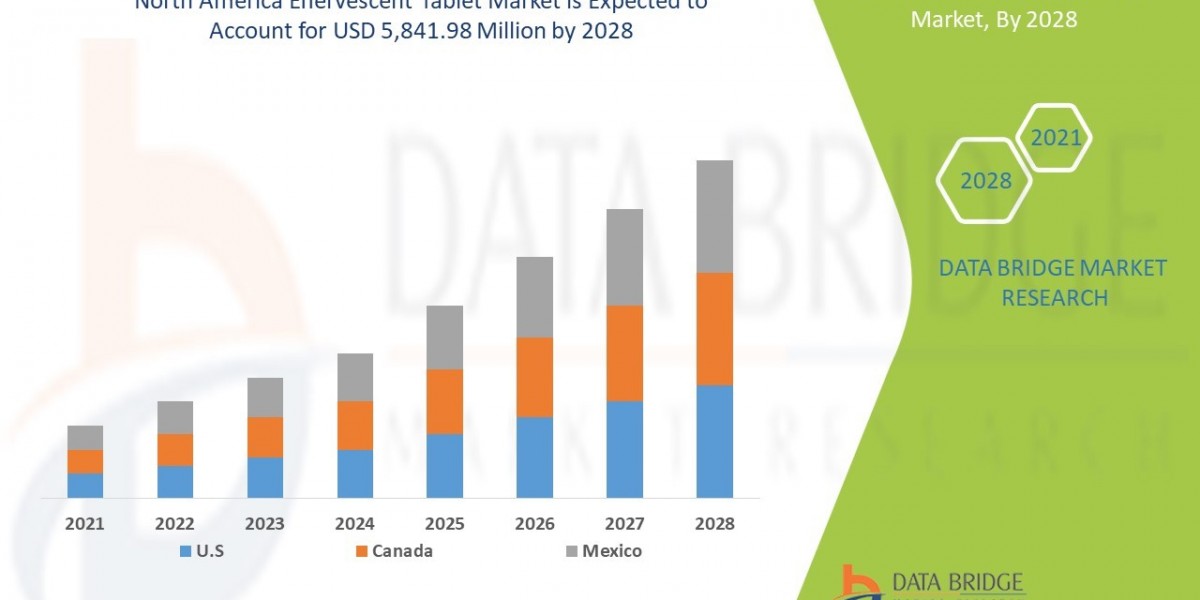The sustainable packaging market is witnessing rapid growth as environmental awareness, government regulation, and consumer demand reshape the way products are packaged and delivered. As concerns about plastic pollution, climate change, and waste management escalate, businesses are under pressure to reduce their environmental impact. Packaging—which accounts for a significant share of global waste—is a key focus area.
Sustainable packaging refers to the use of eco-friendly materials, efficient designs, and renewable or recyclable content in packaging products. The aim is to minimize environmental footprint while maintaining functionality, safety, and aesthetic appeal. Common sustainable materials include biodegradable plastics, recycled paper, cornstarch, bamboo, mushroom-based packaging, and reusable containers.
A major driver of this market is consumer demand. Today’s consumers—especially Millennials and Gen Z—are increasingly environmentally conscious. They are more likely to support brands that use eco-friendly packaging and penalize those that rely heavily on single-use plastics. As a result, companies across sectors—from food and beverage to cosmetics and electronics—are embracing sustainability not only as a responsibility but as a competitive advantage.
Regulatory policies are also accelerating the shift. Governments around the world are banning certain types of plastic, introducing Extended Producer Responsibility (EPR) laws, and offering incentives for businesses that adopt green packaging solutions. Europe and North America are at the forefront, while countries in Asia-Pacific and Latin America are quickly following suit.
In response, companies are investing in sustainable packaging technologies that reduce waste, improve recycling capabilities, and decrease the carbon footprint. Innovations include compostable films, water-soluble packaging, plant-based bioplastics, and smart packaging with minimal material use. Many brands are also focusing on circular economy principles—designing packaging that can be reused or returned—and encouraging consumers to participate in recycling or refill programs.
Despite the promising growth, the market faces challenges. Sustainable materials often cost more than conventional options, and not all recycling infrastructure is equipped to handle newer packaging types. Still, advancements in manufacturing, material science, and supply chain efficiencies are making sustainable packaging more accessible and affordable.
The global sustainable packaging market was valued at over $280 billion in recent years and is expected to surpass $500 billion by the end of the decade, driven by widespread adoption across industries. Key players include Amcor, Tetra Pak, Sealed Air, Ball Corporation, and Mondi Group, alongside many innovative startups focusing exclusively on sustainable solutions.
In conclusion, the sustainable packaging market is no longer a niche—it’s a mainstream movement that aligns environmental responsibility with business success. Brands that embrace eco-conscious packaging will not only reduce their ecological impact but also win consumer trust and long-term loyalty.








